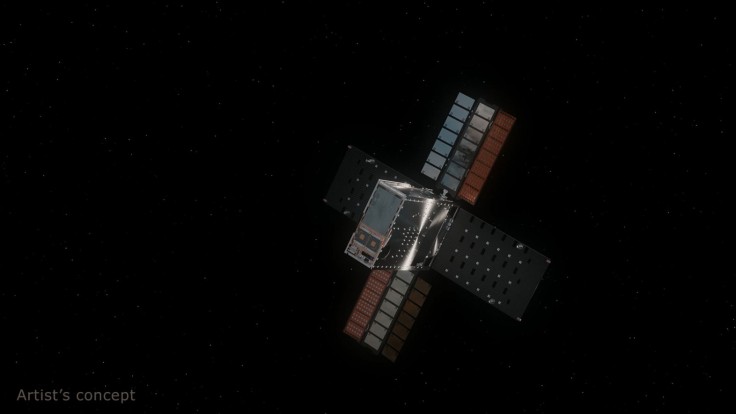It is the end of the road for one NASA mission.
The space agency recently called for the cessation of its Lunar Flashlight mission despite its technological successes due to its failure to generate enough thrust to enter lunar orbit.
The mission launched on Dec. 11, 2022, atop the same SpaceX Falcon 9 rocket that delivered Japan's failed Hakuto-R lander into space, where it would undergo the second leg of its journey to reach the Moon, per Space.com.
NASA Lunar Flashlight Mission Termination Details

NASA mentioned in its latest blog post that the Lunar Flashlight mission was part of the tech demos it had launched in 2022; this one involved sending a briefcase-size CubeSat equipped with a one-of-a-kind miniaturized propulsion system to reach the lunar South Pole to find ice there.
Unfortunately, the CubeSat experienced thruster issues that prompted months of troubleshooting efforts by the mission's operations team. Despite their efforts, though, its one-of-a-kind propulsion system that uses green fuel was still unable to produce the necessary thrust to enter the Moon's orbit, with the space agency citing debris buildup in the thruster fuel lines as the issue's cause.
Lunar Flashlight's operation team speculated that the propulsion system's additively manufactured fuel feed system likely developed the debris, made of metal powder and shavings, and obstructed fuel flow to the thrusters, limiting its performance.
While the team calculated a new orbit that was reachable with the CubeSat's limited potential thrust and even attempted to dislodge the built-up debris, the team couldn't accomplish the required trajectory correction in time.
As such, NASA had no choice but to terminate the mission. Barbara Cohen, the mission's principal investigator at NASA's Goddard Space Flight Center in Greenbelt, Maryland, said that while it is disappointing for the science and Lunar Flashlight teams that they wouldn't use the laser reflectometer on the CubeSat to measure the Moon, they did collect plenty of in-flight performance data on the instrument that will be incredibly valuable to future iterations.
The CubeSdat has since traveled past the Moon and is moving to pass by Earth and enter deep space to orbit the Sun.
Lunar Flashlight's Technological Successes
NASA did admit that the Lunar Flashlight achieved technological successes that helped it learn more about space.
For instance, the one-of-a-kind propulsion system it had exceeded performance expectations. Its never-before-flown Sphinx flight computer also achieved the same. It is a low-power computer developed by NASA's Jet Propulsion Laboratory in Southern California capable enough to withstand the radiation of deep space.
Lastly, NASA also took note of the Lunar Flashlight's radio, which features a new precision navigation capability that NASA could outfit future small spacecraft to rendezvous and land on solar system bodies.
Christopher Baker, program executive for Small Spacecraft Technology in the Space Technology Mission Directorate at NASA Headquarters in Washington, said that the Lunar Flashlight CubeSat was highly successful if it's considered as a "testbed" for new systems that NASA could use for future missions.
Related Article : Japan Loses Contact With Moon Lander, Fails Landing









